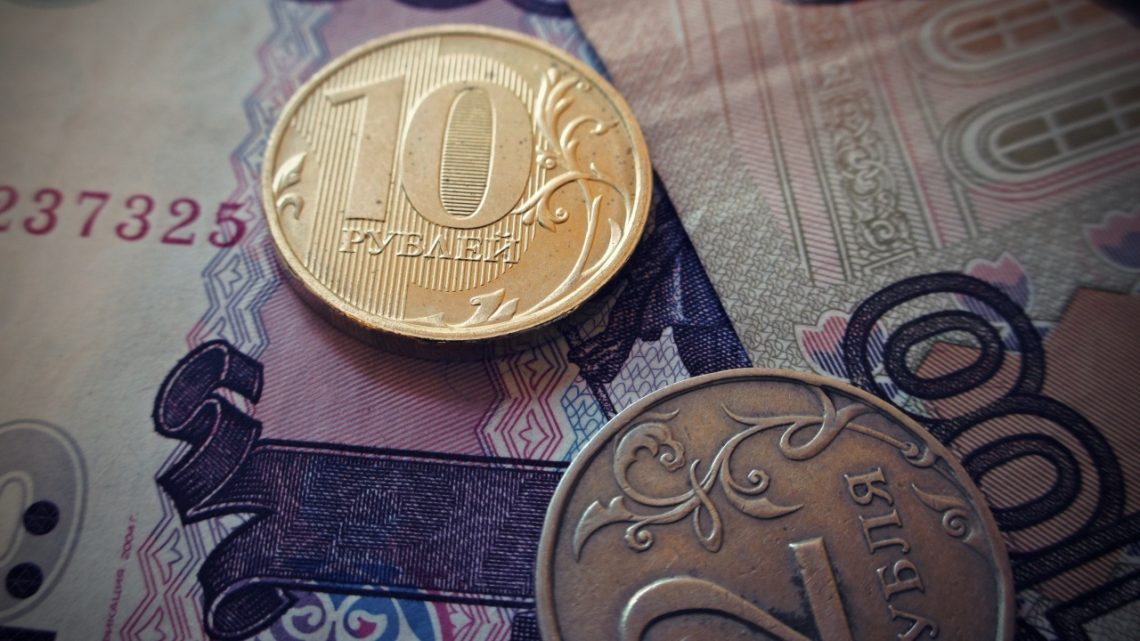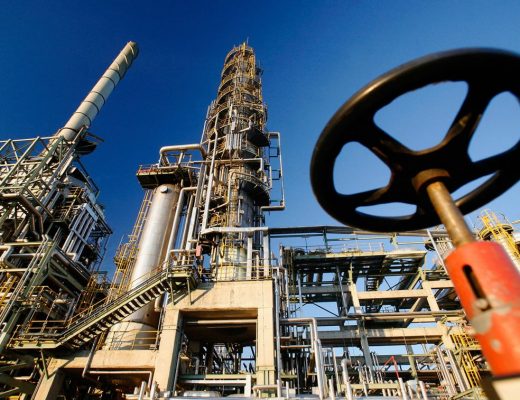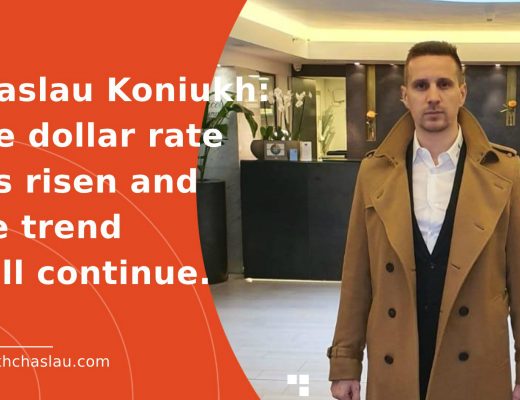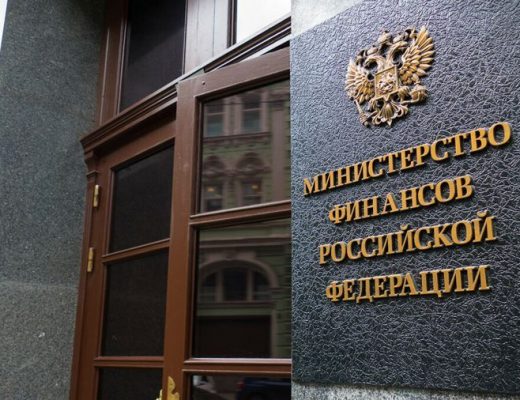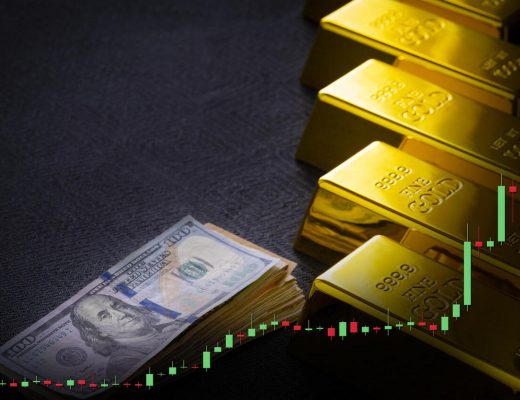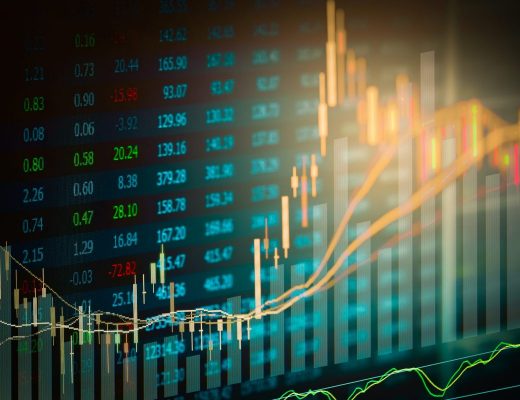What awaits the national currency: the future of the ruble by the end of 2021
Last year, the pandemic hit the ruble hard. Global changes and the local crisis led to the collapse of the national currency, while the instability on the oil market prevented a quick recovery. Analyst of “BCS World of Investments” described the future of the ruble exchange rate, he estimated the position of the Russian money until the end of this year.
According to the expert, the national currency is greatly influenced by the processes in other countries, as well as pressure from influential states on the world stage.
There are regular threats of sanctions against Russia and its rulers, the situation in the countries bordering on Russia is also making things worse. Assistance to the latter is negatively perceived by the European Union and the United States, which insist that Moscow change its policy towards them. All this is reflected in the development of Russian economy and hinders implementation of several projects in the energy sector. According to an analyst from BCS Investment World, it is the geopolitical factor that affects the ruble exchange rate and the evaluation of the country’s financial assets. And the high cost of oil and gas supports the national currency, but it is not strong enough.
The expert highlighted two scenarios. According to the first scenario, the U.S. will impose further sanctions against Russia, which will lead to a change in the exchange rate. The dollar will cost 80 rubles and the euro – about 94 rubles. After some time, the national currency will strengthen its position. The second scenario assumes that commodity markets will grow, and with them the attractiveness of Russian financial assets. This would force foreign investors to take a closer look at the local segment, which even the threat of sanctions would not be able to prevent.
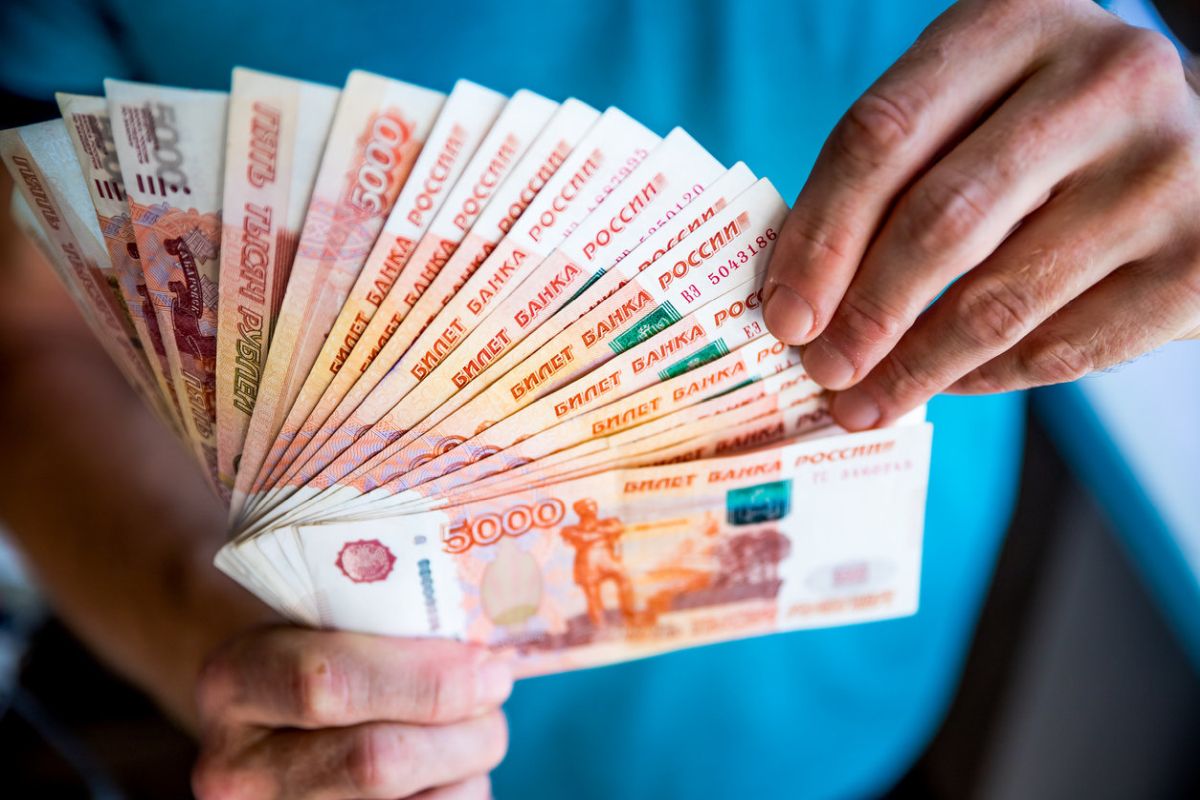
The analyst is confident that the weakening of the ruble rate is short-lived, and it will strengthen in the near future. In addition, the fluctuation of the national currency cannot be used to judge the overall macroeconomic performance of the state, as the Russian money will strengthen in the long run.
At the end of last year there was an increase in inflation. It reached a level of 3.9% in autumn, which came close to the intended value. Earlier, the Central Bank said that annual inflation will be around 4%, and this figure will remain for the next two years. The same figure was announced by the President of Russia; he noted that the country has generally survived the pandemic favorably in comparison with a number of states of the European Union.
In addition, the economy is recovering, there has been a positive trend for several months in a row, which makes it possible to make optimistic forecasts. However, it is worth understanding that the threat of sanctions and pressure from other powers are factors that can disrupt the growth rate, so we should build a certain margin of safety in case geopolitical processes affect it.
